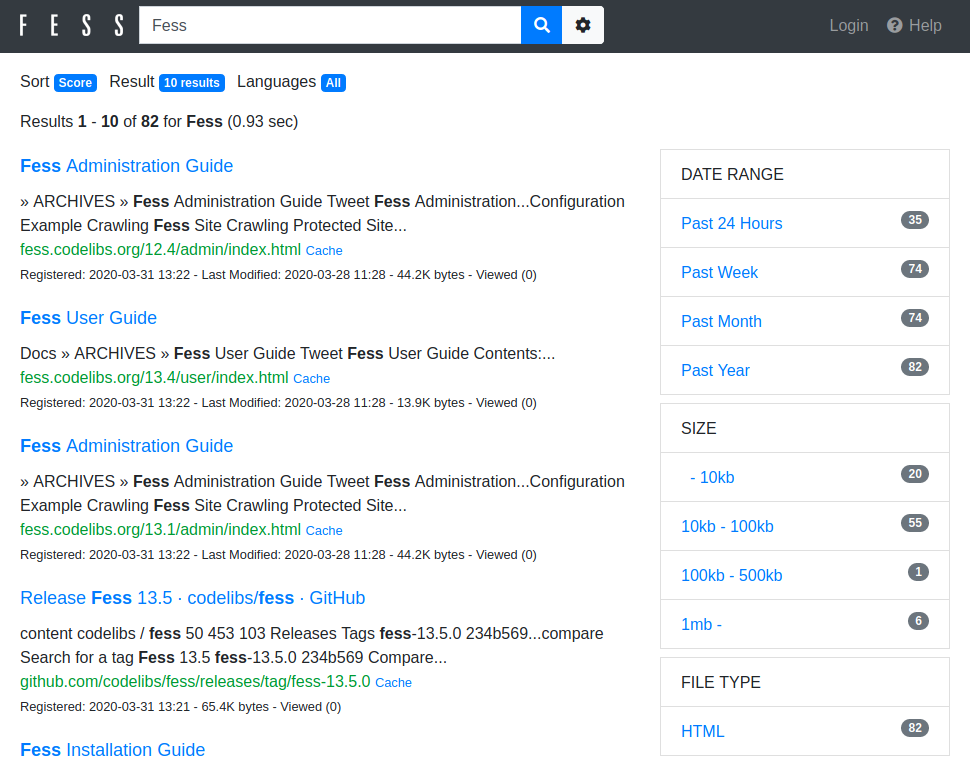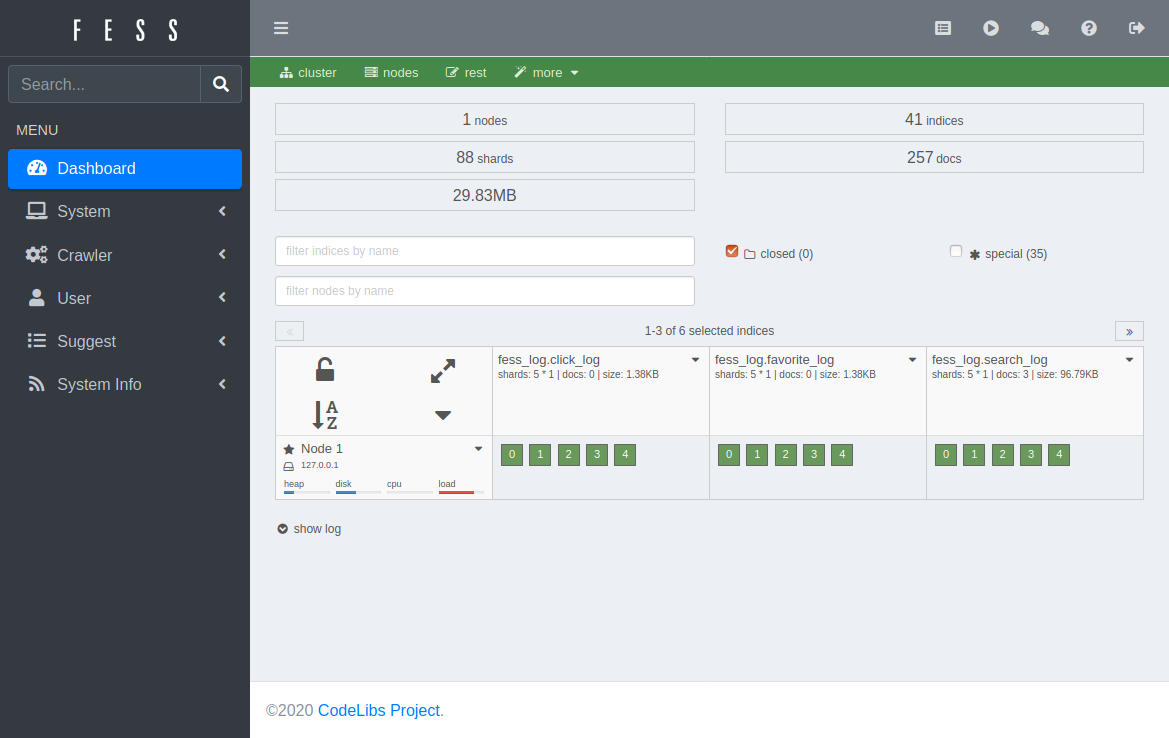- Sort Score
- Result 10 results
- Languages All
Results 1 - 10 of 97 for Localhost (0.43 sec)
-
cmd/net_test.go
{"", "", false, errors.New("unable to process empty address")}, {":9000", ":9000", true, nil}, {"localhost:9000", ":9000", true, nil}, {"localhost:9000", "http://localhost:9000", true, nil}, {"http://localhost:9000", ":9000", true, nil}, {"http://localhost:9000", "http://localhost:9000", true, nil}, {"http://8.8.8.8:9000", "http://localhost:9000", false, nil}, } for _, testCase := range testCases {Registered: Sun Dec 28 19:28:13 UTC 2025 - Last Modified: Fri Oct 10 18:57:03 UTC 2025 - 9.2K bytes - Viewed (0) -
docs/ru/docs/tutorial/cors.md
## Источник { #origin } Источник — это совокупность протокола (`http`, `https`), домена (`myapp.com`, `localhost`, `localhost.tiangolo.com`) и порта (`80`, `443`, `8080`). Поэтому это три разных источника: * `http://localhost` * `https://localhost` * `http://localhost:8080` Даже если они все расположены в `localhost`, они используют разные протоколы или порты, а значит, являются разными источниками. ## Шаги { #steps }Registered: Sun Dec 28 07:19:09 UTC 2025 - Last Modified: Wed Dec 17 20:41:43 UTC 2025 - 8.8K bytes - Viewed (0) -
tests/test_openapi_servers.py
from inline_snapshot import snapshot app = FastAPI( servers=[ {"url": "/", "description": "Default, relative server"}, { "url": "http://staging.localhost.tiangolo.com:8000", "description": "Staging but actually localhost still", }, {"url": "https://prod.example.com"}, ] ) @app.get("/foo") def foo(): return {"message": "Hello World"}
Registered: Sun Dec 28 07:19:09 UTC 2025 - Last Modified: Sat Dec 27 18:19:10 UTC 2025 - 1.7K bytes - Viewed (0) -
docs/en/docs/advanced/wsgi.md
And the rest will be handled by **FastAPI**. If you run it and go to <a href="http://localhost:8000/v1/" class="external-link" target="_blank">http://localhost:8000/v1/</a> you will see the response from Flask: ```txt Hello, World from Flask! ``` And if you go to <a href="http://localhost:8000/v2" class="external-link" target="_blank">http://localhost:8000/v2</a> you will see the response from FastAPI: ```JSON {
Registered: Sun Dec 28 07:19:09 UTC 2025 - Last Modified: Wed Dec 17 20:41:43 UTC 2025 - 1.2K bytes - Viewed (0) -
CLAUDE.md
mvn test -P integrationTests -Dtest.fess.url="http://localhost:8080" -Dtest.search_engine.url="http://localhost:9201" # Run single integration test mvn test -P integrationTests -Dtest.fess.url="http://localhost:8080" -Dtest.search_engine.url="http://localhost:9201" -Dtest=SearchApiTests ``` ### Running ```bash # From IDE: Run main method in org.codelibs.fess.FessBoot # Access at: http://localhost:8080/
Registered: Sat Dec 20 09:19:18 UTC 2025 - Last Modified: Fri Nov 28 16:29:12 UTC 2025 - 4.8K bytes - Viewed (0) -
README.md
### Browser UI - Search UI: http://localhost:8080/  - Admin UI: http://localhost:8080/admin/ (default username/password is admin/admin) 
Registered: Sat Dec 20 09:19:18 UTC 2025 - Last Modified: Sat Dec 20 00:28:33 UTC 2025 - 7.8K bytes - Viewed (2) -
docs/de/docs/tutorial/cors.md
Ein <abbr title="Ursprung">Origin</abbr> ist die Kombination aus Protokoll (`http`, `https`), Domain (`myapp.com`, `localhost`, `localhost.tiangolo.com`) und Port (`80`, `443`, `8080`). Alle folgenden sind also unterschiedliche Origins: * `http://localhost` * `https://localhost` * `http://localhost:8080` Auch wenn sie alle in `localhost` sind, verwenden sie unterschiedliche Protokolle oder Ports, daher sind sie unterschiedliche „Origins“.
Registered: Sun Dec 28 07:19:09 UTC 2025 - Last Modified: Wed Dec 17 20:41:43 UTC 2025 - 6.3K bytes - Viewed (0) -
docs/en/docs/tutorial/cors.md
## Origin { #origin } An origin is the combination of protocol (`http`, `https`), domain (`myapp.com`, `localhost`, `localhost.tiangolo.com`), and port (`80`, `443`, `8080`). So, all these are different origins: * `http://localhost` * `https://localhost` * `http://localhost:8080` Even if they are all in `localhost`, they use different protocols or ports, so, they are different "origins". ## Steps { #steps }Registered: Sun Dec 28 07:19:09 UTC 2025 - Last Modified: Wed Dec 17 20:41:43 UTC 2025 - 5.5K bytes - Viewed (0) -
tests/test_tutorial/test_cors/test_tutorial001.py
assert response.text == "OK" assert ( response.headers["access-control-allow-origin"] == "https://localhost.tiangolo.com" ) assert response.headers["access-control-allow-headers"] == "X-Example" # Test standard response headers = {"Origin": "https://localhost.tiangolo.com"} response = client.get("/", headers=headers) assert response.status_code == 200, response.text
Registered: Sun Dec 28 07:19:09 UTC 2025 - Last Modified: Wed Dec 17 20:41:43 UTC 2025 - 1.3K bytes - Viewed (0) -
docs/es/docs/advanced/wsgi.md
Y el resto será manejado por **FastAPI**. Si lo ejecutas y vas a <a href="http://localhost:8000/v1/" class="external-link" target="_blank">http://localhost:8000/v1/</a> verás el response de Flask: ```txt Hello, World from Flask! ``` Y si vas a <a href="http://localhost:8000/v2" class="external-link" target="_blank">http://localhost:8000/v2</a> verás el response de FastAPI: ```JSON { "message": "Hello World" }
Registered: Sun Dec 28 07:19:09 UTC 2025 - Last Modified: Wed Dec 17 20:41:43 UTC 2025 - 1.2K bytes - Viewed (0)